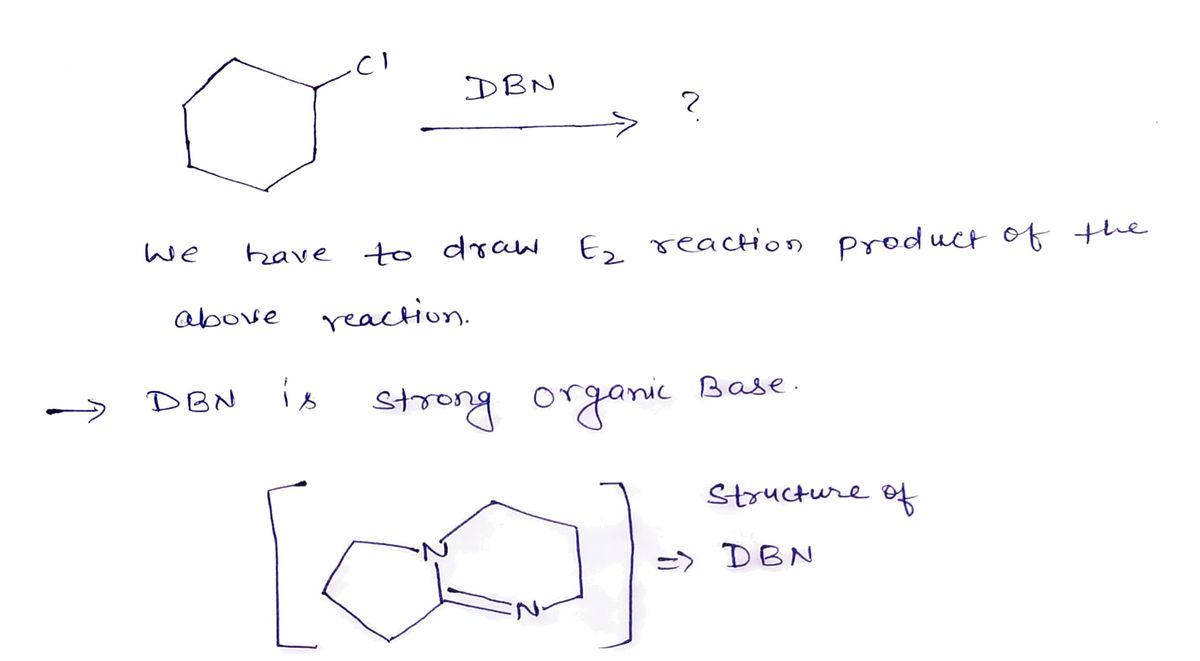Reactive Intermediates
In chemistry, reactive intermediates are termed as short-lived, highly reactive atoms with high energy. They rapidly transform into stable particles during a chemical reaction. In specific cases, by means of matrix isolation and at low-temperature reactive intermediates can be isolated.
Hydride Shift
A hydride shift is a rearrangement of a hydrogen atom in a carbocation that occurs to make the molecule more stable. In organic chemistry, rearrangement of the carbocation is very easily seen. This rearrangement can be because of the movement of a carbocation to attain stability in the compound. Such structural reorganization movement is called a shift within molecules. After the shifting of carbocation over the different carbon then they form structural isomers of the previous existing molecule.
Vinylic Carbocation
A carbocation where the positive charge is on the alkene carbon is known as the vinyl carbocation or vinyl cation. The empirical formula for vinyl cation is C2H3+. In the vinyl carbocation, the positive charge is on the carbon atom with the double bond therefore it is sp hybridized. It is known to be a part of various reactions, for example, electrophilic addition of alkynes and solvolysis as well. It plays the role of a reactive intermediate in these reactions.
Cycloheptatrienyl Cation
It is an aromatic carbocation having a general formula, [C7 H7]+. It is also known as the aromatic tropylium ion. Its name is derived from the molecule tropine, which is a seven membered carbon atom ring. Cycloheptatriene or tropylidene was first synthesized from tropine.
Stability of Vinyl Carbocation
Carbocations are positively charged carbon atoms. It is also known as a carbonium ion.
![**Problem 50 of 65: E2 Reaction**
**Task:**
Draw the product of the E2 reaction shown below. Ignore any inorganic byproducts.
**Diagram:**
- **Reactant Structure:** The reactant is a cyclohexane ring with a chlorine (Cl) substituent.
- **Reagent:** DBN (1,5-diazabicyclo[4.3.0]non-5-ene) is indicated by an arrow pointing from the reactant.
**Instructions:**
- Use the drawing area to depict the organic product resulting from the E2 reaction.
- The drawing area is indicated by a dashed red rectangle labeled "Drawing."
**Tools Provided:**
- Atoms, Bonds, and Rings: Utilize these tools to modify or add to the structure.
- Charges: Adjust charges as needed for accuracy.
- Undo, Reset, Remove: Use these functions to refine your drawing.
- Submit Button: Click to submit the completed structure.
**Note:** Focus on the transformation involving beta-hydrogen elimination leading to the formation of an alkene.](/v2/_next/image?url=https%3A%2F%2Fcontent.bartleby.com%2Fqna-images%2Fquestion%2Fa19fa31b-c6a1-4dda-95dc-44f8d9193b80%2F1da99bd4-d57e-48c6-9c25-d9a152bf2b14%2Frgqbdj5_processed.jpeg&w=3840&q=75)

Step by step
Solved in 3 steps with 3 images









